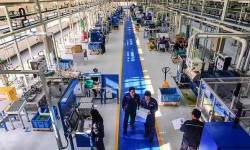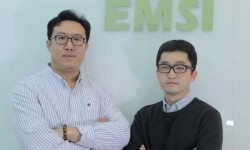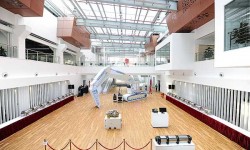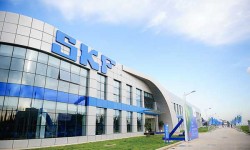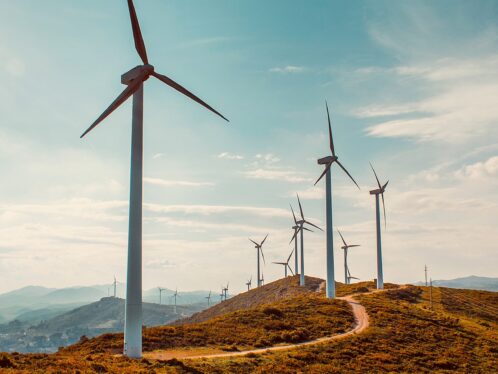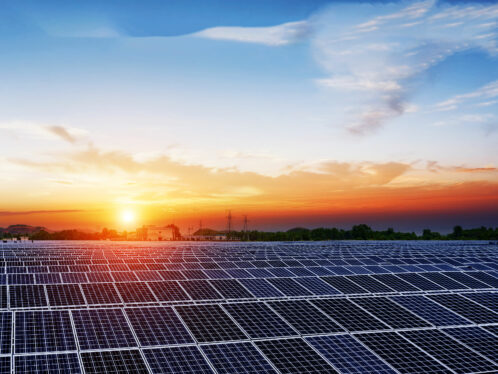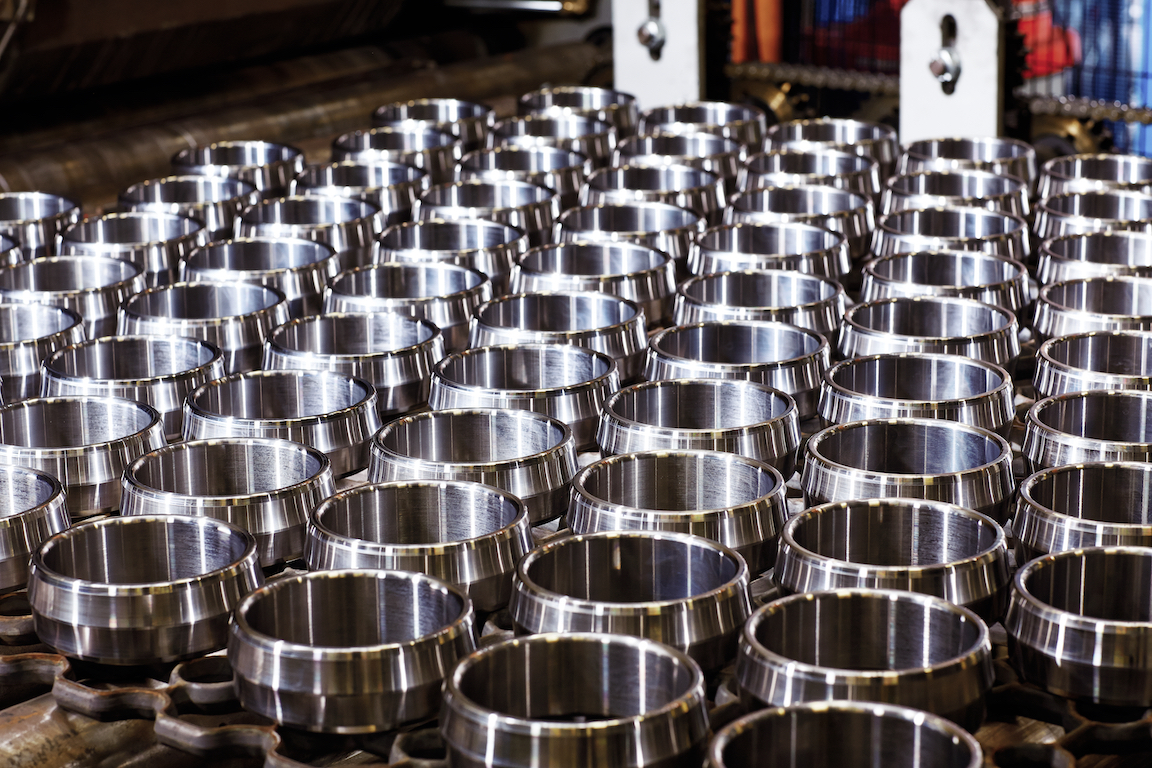
Green growth
Now being rolled out across the world is the network of SKF Solution Factory facilities, which provide local entry points for customers to gain access to core engineering technology and services that can improve the performance, efficiency and design of their machinery and equipment.
Buildings consume a huge proportion of the world’s power. Together, commercial and residential buildings account for as much as one-third of all energy used and produce a similar proportion of greenhouse emissions, considered the main cause of climate change. Åke Larsson, senior project manager at SKF Group facilities, says environmental considerations are increasingly becoming a factor in the construction of new buildings. Attaining certification under the Leadership in Energy and Environmental Design (LEED) rating system, originally developed by the US Green Building Council, is critical. LEED certification sees the green attributes of buildings assessed, with those successful in gaining certification given a ranking of Certified, Silver, Gold or Platinum. Eight SKF buildings worldwide have achieved LEED Gold project status, including three in China. One SKF building has achieved Platinum and another Silver. “Our dream scenario is what is happening right now,” Larsson says. “More companies are opting for greener projects, which is becoming very much standard for companies that have long-term sustainable business goals. SKF is constructing energy-efficient buildings, since that is one of the quickest, cheapest, cleanest ways to address energy and environmental challenges.” Larsson says, “The beauty of LEED green buildings is that every location offers different possibilities to embrace green solutions. Many SKF buildings stand out in terms of their unique attitude towards going green.” Larsson points to India, where the need to find water-management solutions is even more critical than energy efficiency. “We collect rain-water and use it, and we also have a zero-discharge policy,” he says. In China, by contrast, the key issue is energy savings. Almost half of the buildings under construction in the world today are in China. “With so many coal power stations struggling to keep up with demand for electricity, we find solutions that decrease greenhouse gas emissions,” Larsson says. “In Shanghai, one SKF LEED building generates 50 percent of its energy need using solar panels.” Greater efficiency means consumers can enjoy the same level of comfort while using less energy. And when it comes to efficiency, SKF LEED buildings offer the most cost-effective way to reduce energy use and greenhouse gas emissions. In Beijing, Liu Yuchuan is an account manager at EMSI, an international company that provides energy-efficient, green and sustainable consulting for buildings and communities. “Winning LEED certification in China for the first time was a milestone for sustainable SKF global green practices, as well as a contribution to the cause of green development in China,” Liu says. “The government has become more aware in recent years of the importance of sustainability and how green buildings are very much part of it, so it is mapping out green-building policies for the building sector.” Liu says SKF has set the benchmark for energy and water use on an international and domestic level by taking concepts and putting them into practice. “The Sustainable Factory Rating is SKF’s own certification process,” he says. “Like LEED, it is a green practice and rating method, with an emphasis on how to ‘green’ the manufacturing process. This is a key component in SKF’s success and is a great example for China’s national factories to follow, providing them with a model for how to benefit from green practices.” Song Yi, general manager at EMSI North, says the greatest challenges in improving energy efficiency include education, dissemination and making decisions to utilize existing and new solutions. “How you measure the savings often involves knowing how to manage lighting systems, air conditioning and water heating,” Song says. “Many SKF buildings have automatic controls for their buildings.” Song says that even though many local developers choose to adopt China’s own certification system, the Green Building Design label, more and more developers are opting for LEED certification because of its international recognition. “A knowledge gap still exists in the Chinese market concerning LEED buildings, with many developers focusing on cost savings as opposed to quality,” Song says. “We need to persuade developers and the community alike that LEED buildings are a great investment both now and for the future.” Larsson says a green building has added market value and provides a better working environment. “SKF is building something we can be very proud of, and SKF is committed to being green from the very top to the very bottom of our company,” Larsson says. SKF’s environmental thinking is also ingrained in its suppliers, he says. Larsson acknowledges that a LEED building can involve additional costs that offset some of the savings, but he says it’s worth it. “Profit is important, but it is more important to do things the right way,” he says. “We want to create something for the next generation, a clean future for our children and grandchildren, without using up all the world’s resources.” SKF LEED-certified buildings Gold certification has been obtained by facilities in:Tver, Russia The Katowice, Poland, SKF Solution Factory has Silver certification, and SKF’s US headquarters in Lansdale has coveted Platinum certification. Two of the most recent additions to the LEED list are the bearing factories in Ahmedabad and Dalian. SKF announced in March 2013, that the Ahmedabad facility had received Gold certification from the IGBC (India Green Building Council). Features that led to the certification included energy efficiency that was 23 percent better than normal building standards and water consumption that was 30 percent lower than normal standards. The factory also has excellent indoor air quality and an overall lower local and global environmental impact. The Dalian factory attained its Gold LEED status in August 2013, and it also boasts water and energy use levels well below normal standards. Additionally, it has a high-reflection roof, solar hot water, a CO2 sensor and a large open area with local vegetation to provide habitat, promote biodiversity and help reduce irrigation water use.
So far, 10 of SKF’s buildings around the world have been certified under the LEED programme, all but one to Gold level or higher.


